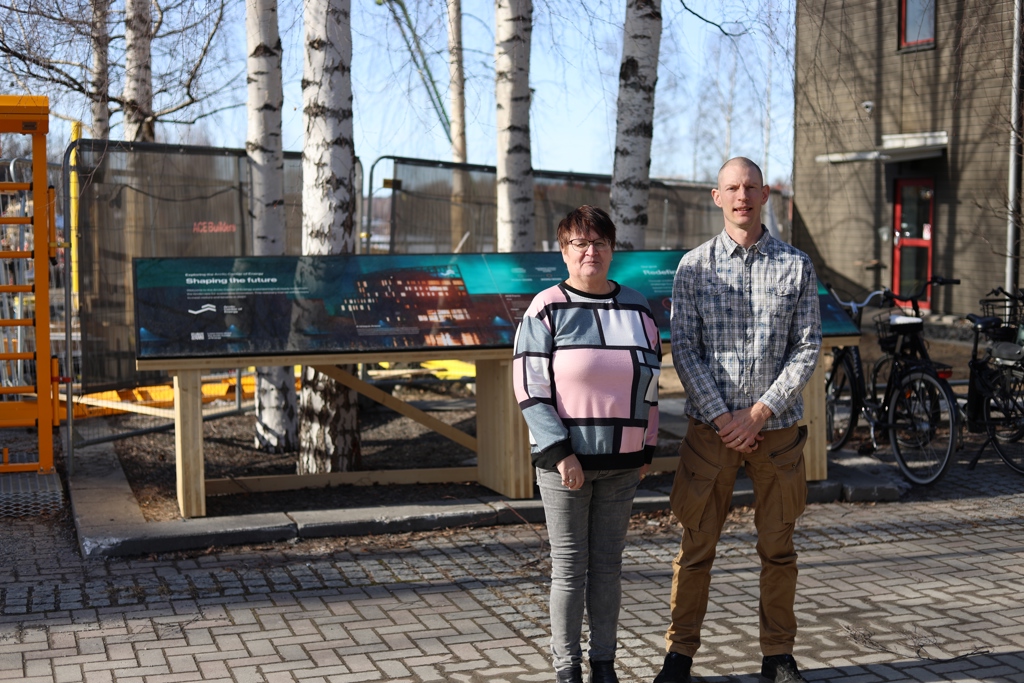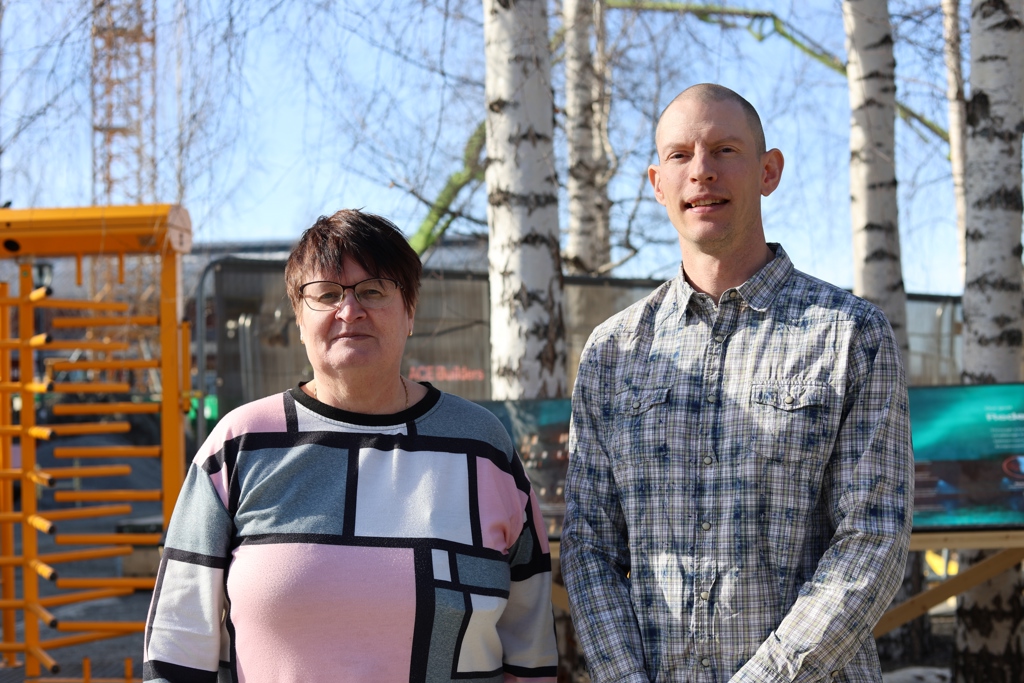Accelerating the future of eMobility
With Pia Kristiansson joining the team, the partnership between ACE and VTI is set to drive innovation in electrified and autonomous transport.
Pia will split her time between ACE's core focus on eMobility and VTI's broader research initiatives and regional presence in northern Sweden. Together with Marcus Björling, our Program Manager for eMobility, Pia's helping accelerate the transition to electric transport.

A shared vision
With a strong background in transport research and mobility, we're excited to find out why Pia chose ACE and VTI.
– I'm driven by innovation and looking ahead – exploring what's possible. Transport and energy are fundamental to society, and if we can accelerate the transition, we can make a real difference, says Pia.
Marcus, who has been working with eMobility at ACE for about a year, welcomes Pia's perspective:
– Pia brings a more human-centered view, complementing my technical research approach. Together, we can connect projects and stakeholders in new ways.
Key focus areas
The collaboration is still taking shape, but Marcus' and Pia's priorities are clear. The team will initially focus on networking and strategic planning, with discussions already underway on areas such as:
- Vehicle-to-everything (V2X): How vehicles can interact with the grid, buildings, and infrastructure to enhance energy resilience.
- Autonomous mobility: Exploring opportunities in self-driving vehicles and drone-based transport.
- Electrification of transport systems: Tackling challenges like charging infrastructure, cost barriers, and integration with the power grid.
Pia and Marcus emphasize that their approach is flexible:
– We're setting the foundation now, mapping out key areas where our expertise aligns. By leveraging our combined knowledge, we can accelerate projects that wouldn’t have been possible before, says Marcus.
Challenges and opportunities
eMobility is expanding rapidly, but northern Sweden presents unique challenges. Among the biggest:
- Extreme climate conditions: Proving that EVs can function reliably in sub-zero temperatures.
- Infrastructure gaps: Developing efficient charging solutions, particularly for heavy transport, industrial vehicles and for individuals with no access to chargers where they normally park.
- Widespread misinformation: Slowing the shift to electrification and highlighting the need for better public education.
Despite these hurdles, Marcus is optimistic:
– Norway has the highest EV adoption rate in the world, and their climate is very similar to ours. The key is scaling up infrastructure and correcting misconceptions.
One major opportunity is vehicle-to-grid (V2G) technology, which allows EVs to supply power back to the grid, offering backup energy during crises and offering increased balance to the system while offering economical compensation to the car owner. Another example is the upcoming power tariffs set for January 2026, EV owners might be able to use their cars to power their homes, thus reducing power peaks from the grid, and thereby lowering the power tariffs. Many people aren't aware of this potential. We're already working on real-world testing with Skellefteå Kraft, Cupra and LTU in this area.
Fast forward to 2028 – what's possible?
Pia and Marcus envision a future where:
- Large-scale V2X projects are running across various vehicle types, from passenger cars to snowmobiles.
- A large-scale testbed for drones and electric aircraft is established in collaboration with Skellefteå Airport and Arctic Aviation Hub, building on the region’s leadership in drone testing and charging infrastructure. A 3 MW charger is in place, and research activities are scaling up.
- Passenger drones and autonomous delivery robots are tested and deployed at Campus Skellefteå and nearby locations.
- Skellefteå is piloting all-electric construction sites, with electrified heavy vehicles and new procurement models driving the shift toward sustainable industrial transport.
- New collaborations are forming, potentially including vehicle manufacturers.
- The societal transformation is also driving demand for new training programs and new types of jobs.
– We've reviewed current educational offerings related to electrification. There're still areas where new programs or courses need to be created. Hopefully, we've made progress in this area within three years, says Marcus.
Open for new collaborations
Pia highlights the importance of building strong partnerships:
– We're open to collaborating with researchers, companies, and policymakers. The next step is expanding our network and launching more pilot projects.
With electrification reshaping industries, collaboration is an important step toward smarter, more sustainable mobility solutions.
Want to be part of the journey? Reach out to Pia and Marcus.




